Gardens, outdoor areas and leisure for all
 Accessibility is a matter of landscaper. The best, incorporate accessibility in their projects.
Accessibility is a matter of landscaper. The best, incorporate accessibility in their projects.
Accessibility increasingly gains space in the discussions of those who work with the built space. Whether due to the mandatory nature of the theme closely related to the right to come and go, or to make everyone aware of human diversity.
Application of accessibility in landscaping
Several professional areas are aware of this and the doubt grows: “como tudo isso se aplica à minha atuação?”.
It's simple: understanding and applying Universal Design. This concept encompasses 7 principles that serve for various professions, if not all. And of course, for landscapers as well.
The principles must be applied to assess existing places and elements, guide the design process and educate professionals and users on the usability characteristics of products, buildings and environments.
These are the 7 principles of Universal Design:
- Fair use
- Flexible use
- Simple and intuitive use
- Easy-to-understand information
- Fault tolerance
- Low physical effort
- Dimension and space for approach and use
As an accessibility consultant for builders and developers for new residential, commercial and institutional developments, I come across proposals from other professionals who have a responsibility to contemplate accessibility, and its rules and laws.
Landscapers in search of accessibility knowledge
Landscapers are among them and seek to balance this demand in harmony with those of their performance. His projects involve: types of floors, types of vegetation, definition and solution for unevenness, projects for pools and water mirrors, spaces for children, pets and outdoor living and leisure areas.
It has been very cool to see how landscape designers are increasingly involved with the theme of accessibility and are incorporating solutions to make the whole technique of the discipline in favor of a broader audience, with a high degree of aesthetics. I am especially happy to see the proposals for access to the pool going beyond the norm, thinking of elderly people and people with disabilities, respecting the different forms of access.

Image: Descubra Caxambú
But it is clear that doubts arise in the conception and there is an impasse as to which path to follow in a proposition. And this is where Universal Design can be applied especially. Each principle brings with it a series of questions that focus your idea. Responding to them brings clarity on the most comprehensive solutions for everyone. It broadens our view of diversity, empathy and respect.
Landscaping accessibility is for everyone
And it's a bit of a cliché what I'm going to talk about, but accessibility and Universal Design are everyone's achievements. Considering them is necessary for people with disabilities, but it will certainly bring comfort, autonomy and security for all, in the different stages of life. We are talking about quality, sustainability, economy and longevity of the built spaces. Good for me, good for you, good for everyone.
Author: Architect Urb. Mª Elisa Prado de Assis
Read too:
Architect Elisa Prado launches Landscaping Accessibility course in partnership with ANA
Franklin Nolla Gardens Photography - The landscape Photographer's Art and Look



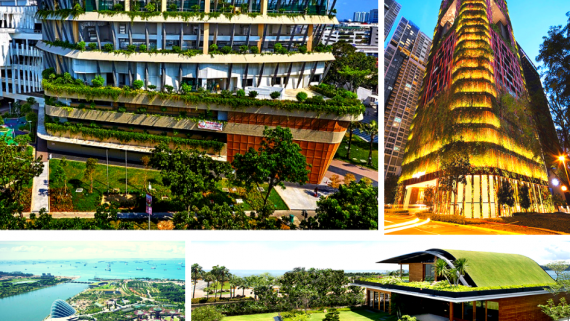


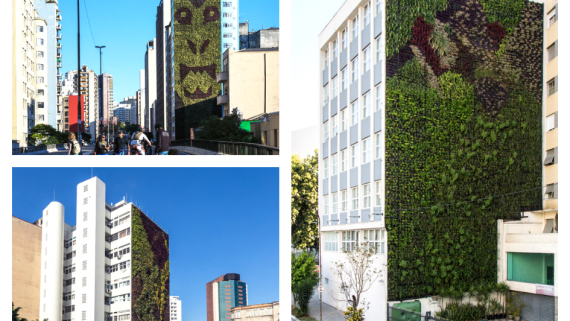
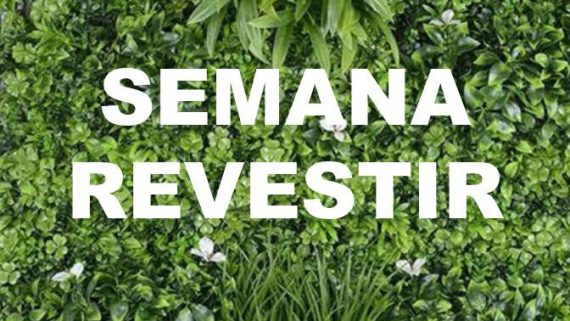
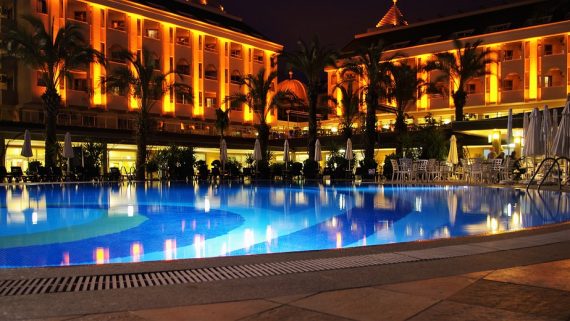

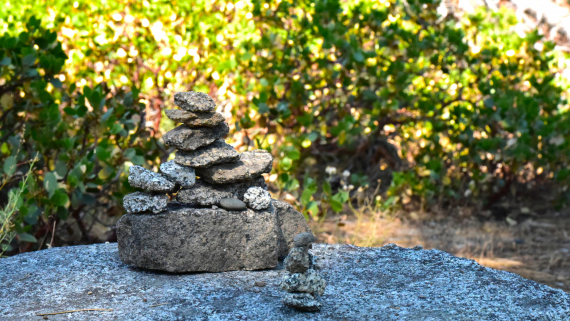
Comentários
No comments yet